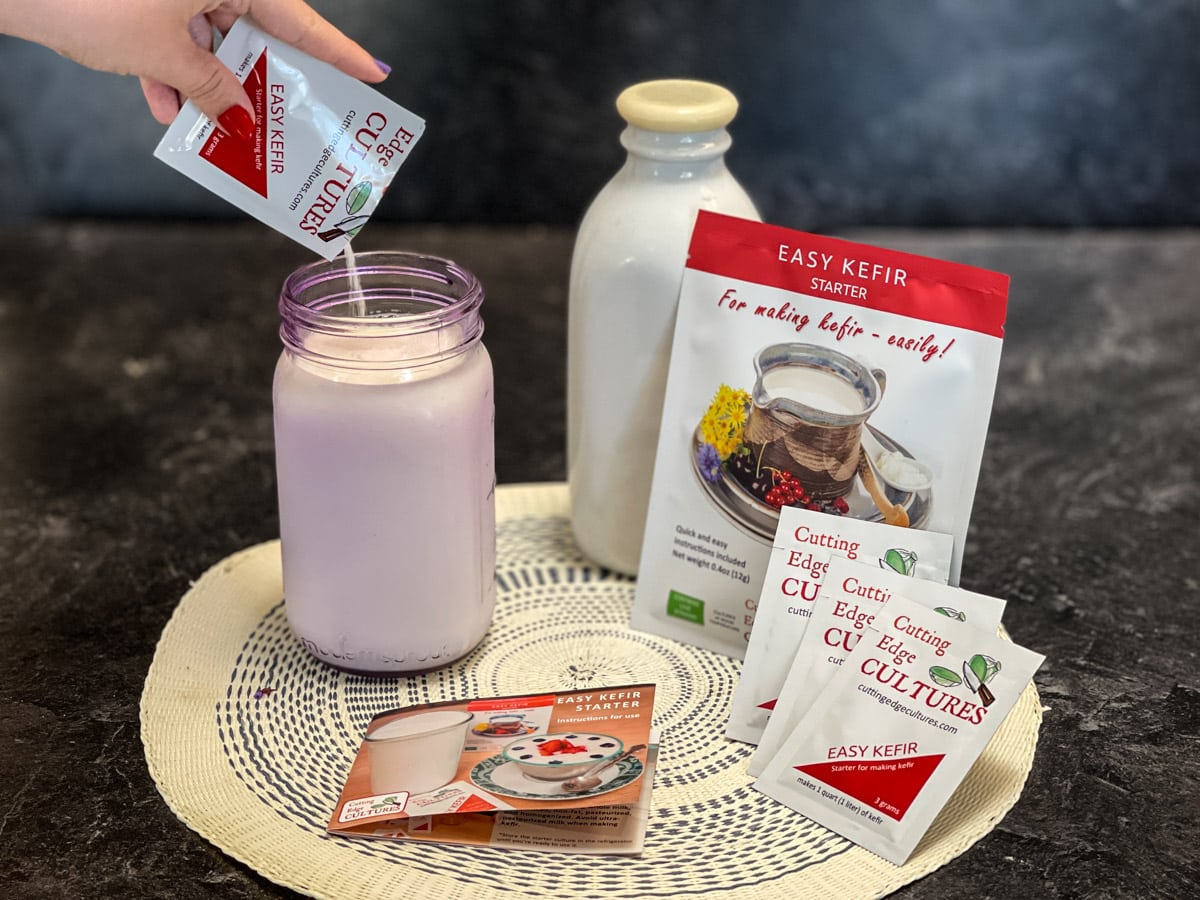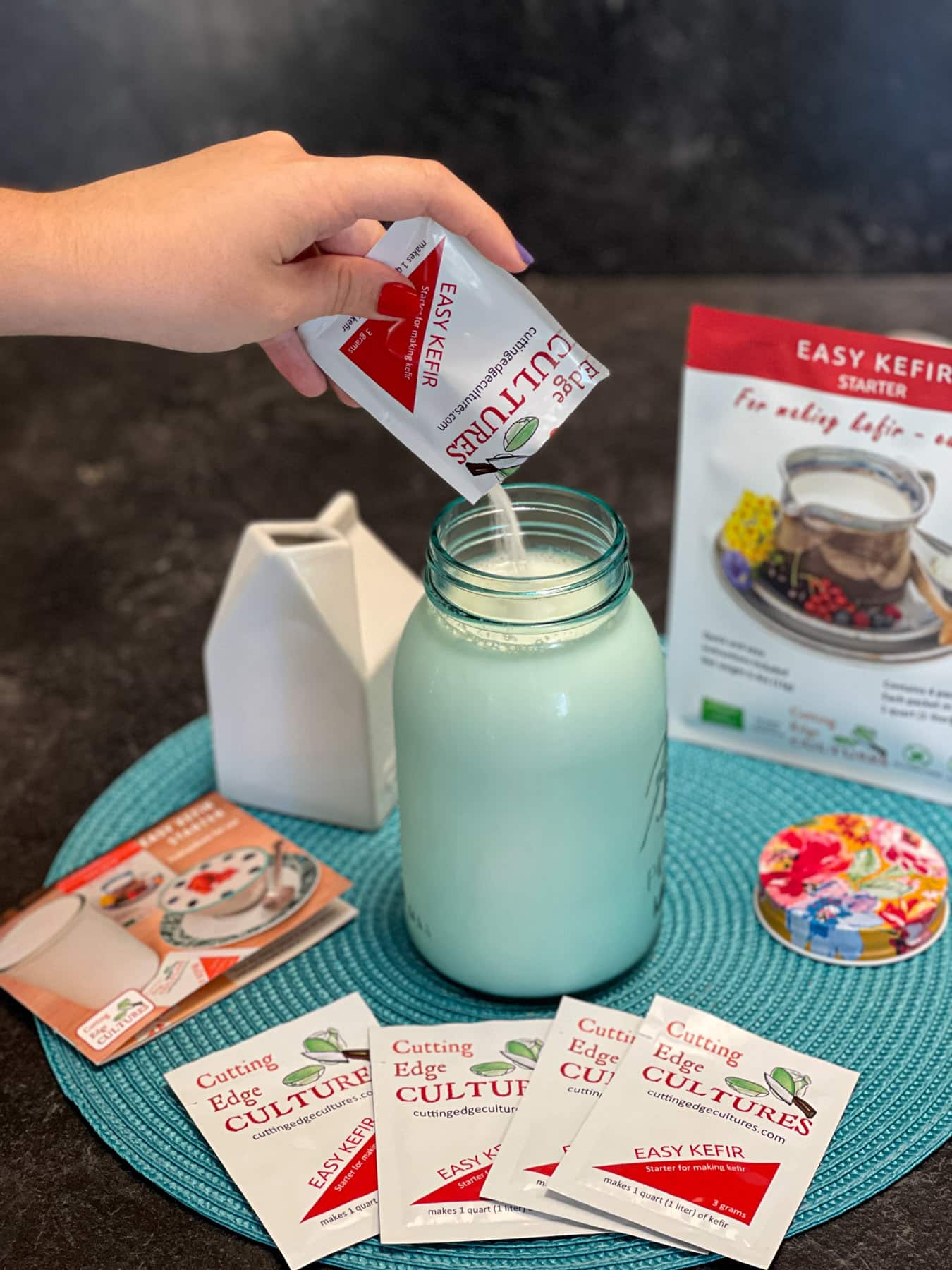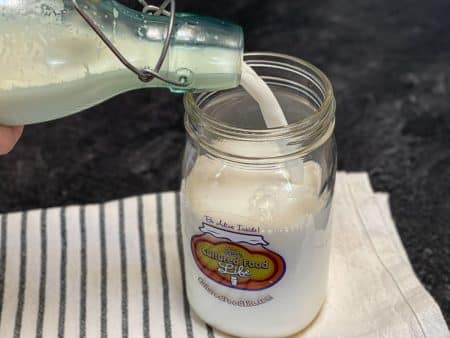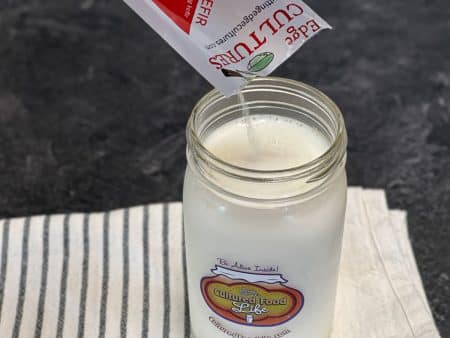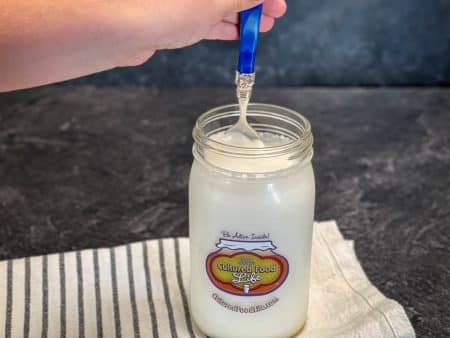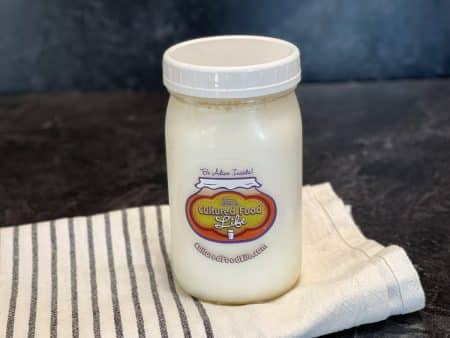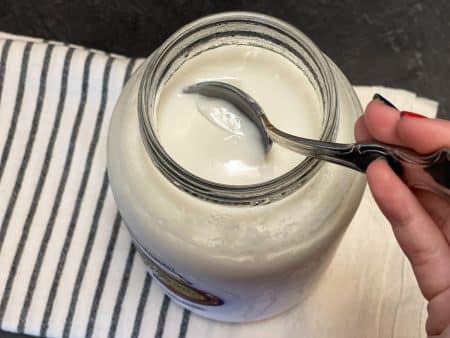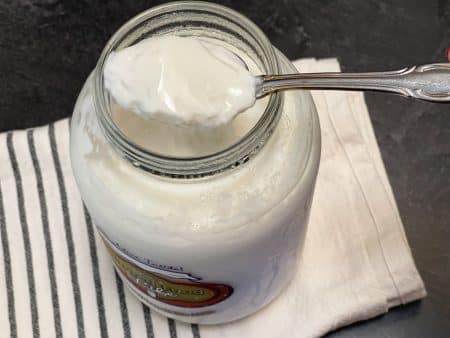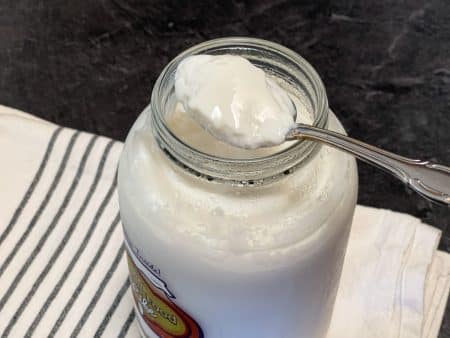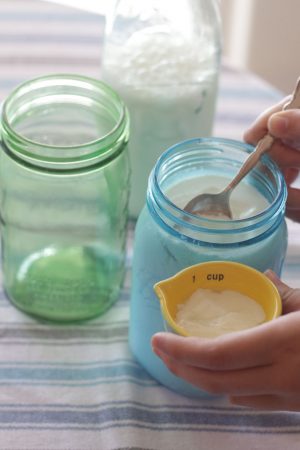Disclaimer:
The information on this website has not been evaluated by the Food and Drug Administration and is not intended to diagnose, treat, cure, or prevent any disease. It is not purposed to replace professional medical diagnosis, treatment, or even advice. You should always consult a qualified healthcare professional with questions about any medical condition. The information is not a substitute for medical or psychological treatment. Any results presented on this website do not constitute a warranty, guarantee, or prediction regarding the outcome of an individual for any particular issue. While all materials and links to other resources are posted in good faith, the accuracy, validity, effectiveness, completeness, or usefulness of any information herein, as with any publication, cannot be guaranteed. Cultured Food Life Inc. accepts no responsibility or liability whatsoever for the use or misuse of the information contained on this website. We strongly advise that you seek professional advice as appropriate before making any health decision. Here are two websites that might help you locate a Functional Medicine/Integrative practitioner near you: www.acam.org and www.functionalmedicine.org
If you purchase anything through a link in this email or website, you should assume that we have an affiliate relationship with the company providing the product or service that you purchase, and that we will be paid in some way. We recommend that you do your own independent research before purchasing anything.
© 2025 Cultured Food Life - All photographs, blogs, illustrations, and graphic designs are originals unless otherwise indicated. No stealing, please.


